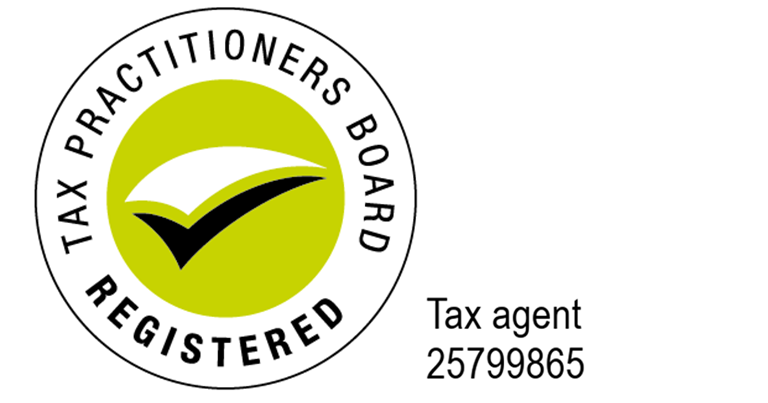
- Berzy Accountants
- Oct 19, 2024
- info@berzy.com.au
Investing in property remains one of the most popular ways to build wealth in Australia. However, successful property investment requires careful financial planning. Whether you’re new to the market or a seasoned investor, there are essential steps to take before committing to an investment. Here’s a guide on how to financially prepare for property investment, helping you secure your future and avoid common pitfalls.
1. Assess Your Financial Position
Before diving into property investment, it’s crucial to evaluate your current financial situation. This includes reviewing:
- Income vs. Expenses: Determine how much disposable income you have after your regular expenses.
- Existing Debts: Consider your current debt levels, such as personal loans, credit card debt, or existing mortgages.
- Borrowing Capacity: Consult with a mortgage broker to calculate how much you can borrow. Getting loan pre-approval will give you a realistic budget for your property search.
2. Understand the Costs of Property Investment
Many first-time property investors underestimate the costs involved beyond the purchase price. Here’s a breakdown of the major expenses you’ll need to budget for:
- Stamp Duty: A state government tax that can vary significantly depending on the property value.
- Legal and Conveyancing Fees: Required for the transfer of property ownership.
- Building and Pest Inspections: Essential for identifying potential issues before buying.
- Ongoing Expenses:
- Council Rates
- Property Management Fees (if you hire a property manager)
- Repairs and Maintenance
- Landlord Insurance
3. Explore Your Loan Options
Property investors in Australia have access to various loan types, each with its own benefits. Some of the most common options include:
- Interest-Only Loans: Ideal for investors looking to minimize monthly repayments in the short term.
- Principal and Interest Loans: These help you build equity faster but come with higher repayments.
- Line of Credit Loans: Provide flexibility by allowing you to borrow against the equity of an existing property.
4. Leverage Negative Gearing
Negative gearing is a popular tax strategy in Australia that allows investors to offset property investment losses against other income. If the costs of owning and managing your investment property (e.g., interest repayments, maintenance) exceed your rental income, you can reduce your taxable income, resulting in tax savings.
However, it’s important to note that negative gearing also means you are making a loss on the property. Consulting with an accountant will help you understand whether this strategy aligns with your long-term financial goals.
Benefits of Negative Gearing:
- Reduces taxable income
- Potential for long-term capital growth
- Offset property costs through tax savings
5. Plan for Capital Gains Tax (CGT)
When you sell your investment property for a profit, Capital Gains Tax (CGT) applies. The amount of CGT you’ll need to pay depends on:
- How long you’ve held the property: Holding the property for more than 12 months allows for a 50% CGT discount.
- Your taxable income: CGT is added to your taxable income in the year the property is sold.
Conclusion: Protect Your Investment
Investing in property can be a rewarding way to build wealth, but it requires careful financial preparation and understanding of the Australian market. By assessing your financial situation, budgeting for ongoing costs, and exploring tax strategies like negative gearing and capital gains tax, you can set yourself up for success. Working with a mortgage broker and accountant will provide expert advice tailored to your specific needs, ensuring your property investment journey is smooth and profitable.
Berzy Chartered Accountants & Mortgage Brokers are an accounting firm committed to delivering comprehensive financial solutions that empower individuals and businesses to achieve stability and confidence in their financial future




